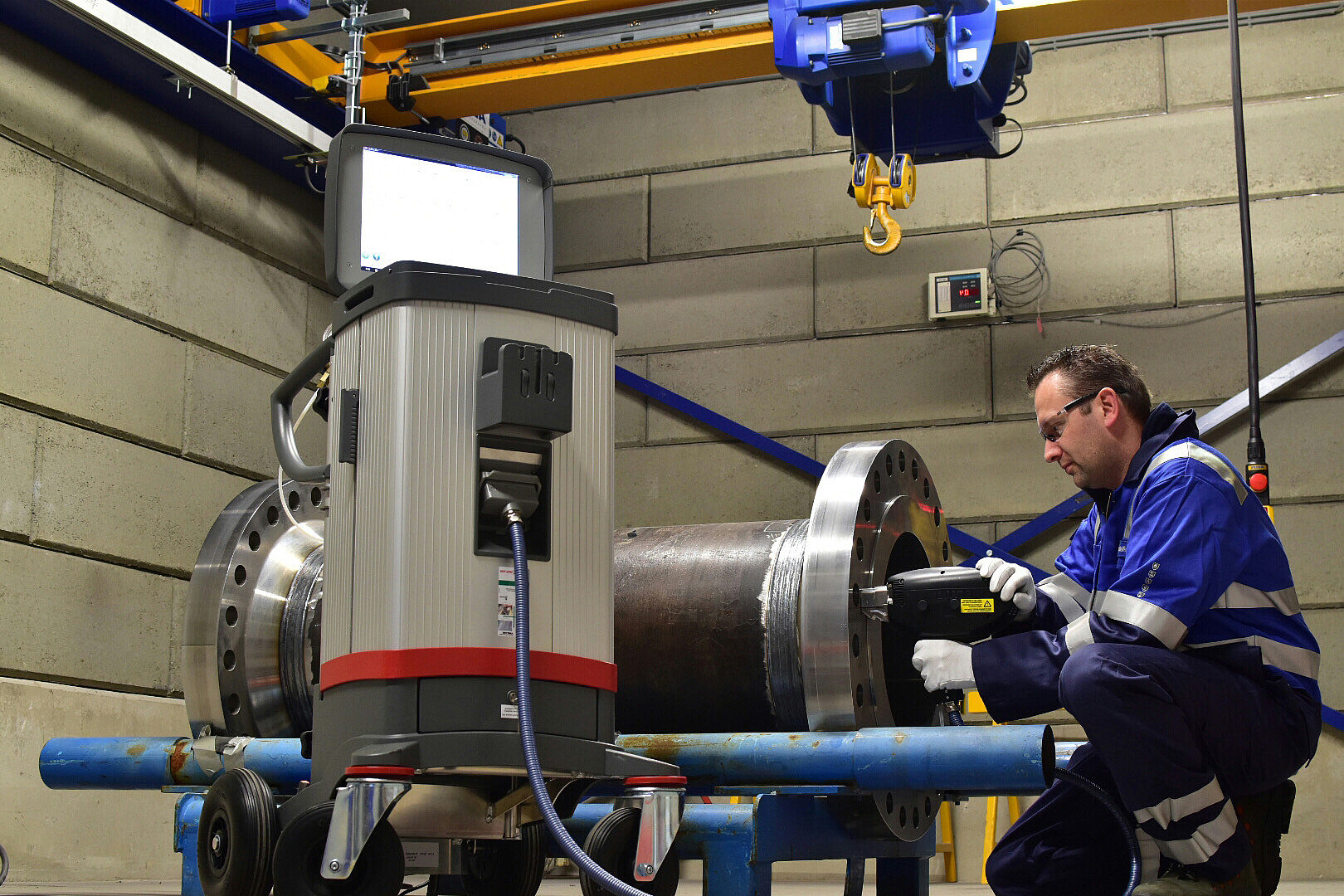

The properties of any material depend first and foremost on its chemical composition. Our Positive Material Identification (PMI) services help you make sure base materials are suitable for their intended purpose. PMI measurements are non-destructive and mainly done on site with mobile equipment, for example during maintenance of existing structures or on newly built structures to guarantee every part has an acceptable chemical composition.
Our chemical laboratory uses two PMI methods:
The chemical composition can also be determined with stationary OES equipment. Stationary OES can be preferable above mobile equipment due to its performance characteristics but needs to be carried out in house on small test specimens.
Contact us if you have a question or want to receive a quotation!